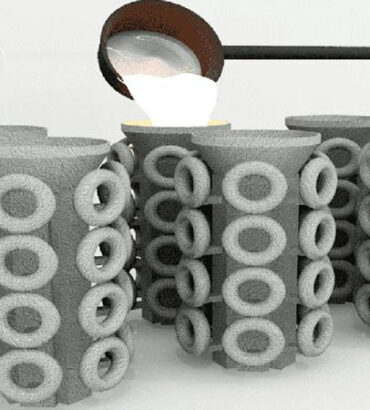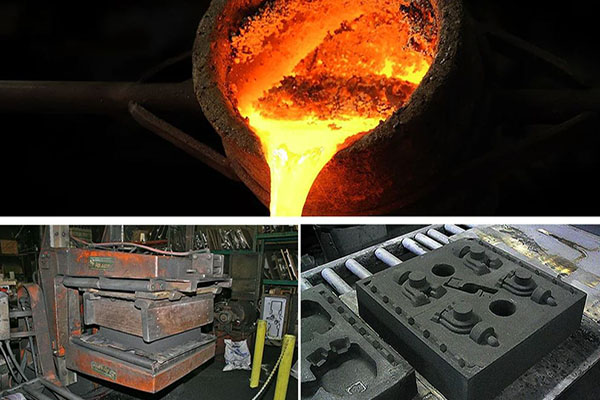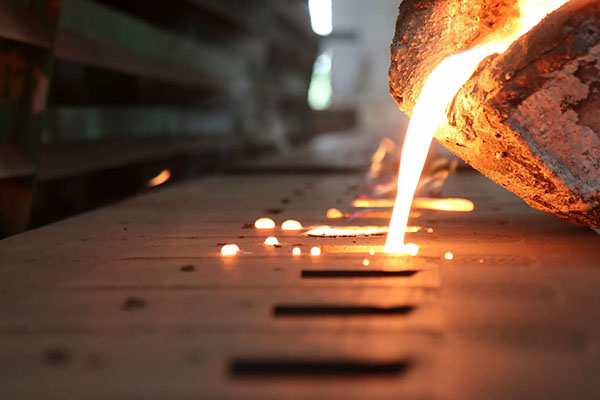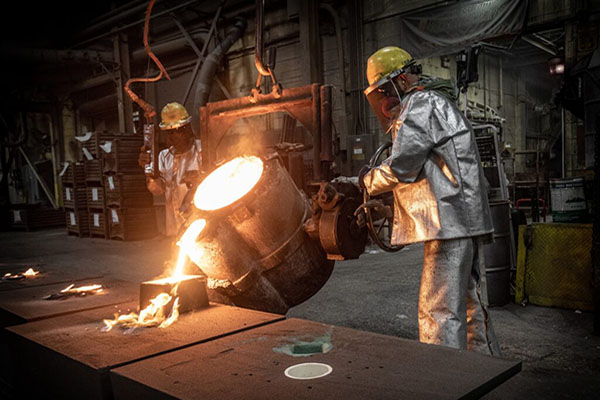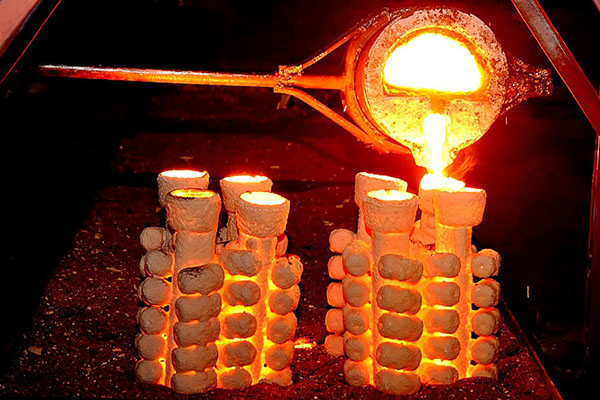Investment casting is a sophisticated manufacturing process widely utilized in various industries, including aerospace, automotive, and medical. A crucial aspect of this process is the type of wax used to create the initial patterns. The choice of wax can significantly influence the quality and efficiency of the final cast product. In this article, we will explore the different types of wax used in investment casting and their unique properties.
Type of wax used in investment casting
Filled pattern wax

One of the specialized waxes used in the investment casting process is filled pattern wax. This is a composite material made up of various additives such as metal powders and ceramic beads. These additives enhance the mechanical properties of the wax, improving its stability, strength, and resistance to deformation. Filled pattern wax is used to create components with complex shapes because it can withstand higher temperatures, resulting in better mold performance during casting.
Non-filled pattern wax
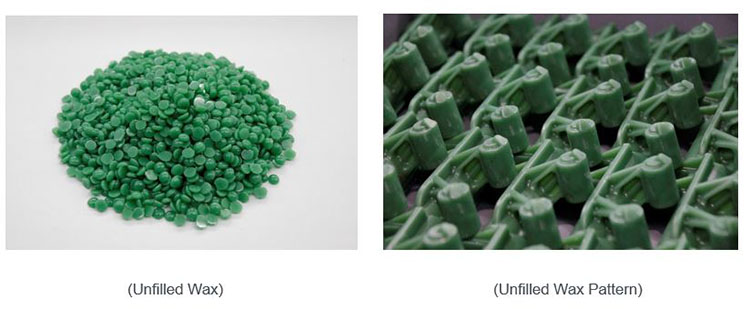
Non-filled wax contains no additives, is cost-effective, and easy to use, making it a preferred choice for producing investment cast components. The characteristics of non-filled wax include good flow properties, easy separation from the shell, and reusability. However, the strength and stability of non-filled pattern wax are lower compared to filled pattern wax. The wax molds can be prone to deformation and shrinkage during the cooling process.
Runner wax
Runner wax plays a crucial role in the investment casting process, serving as an essential component for creating the runner system that channels molten metal into the mold cavity. This specialized wax is designed for high performance, featuring excellent flow characteristics and a low melting point, which facilitates easy removal after casting.
Runner wax is typically more robust than standard pattern wax, enabling it to withstand the thermal stresses encountered during the pouring process. Its ability to create intricate runner designs helps ensure efficient metal flow and minimizes defects in the final casting. By optimizing the runner system, manufacturers can enhance the overall quality and efficiency of their investment casting operations, making runner wax a vital material in the production of complex components across various industries.
Sticky wax
Sticky wax is a type of wax used for assembling various wax patterns. Its properties include a low melting point, ease of handling and shaping, and versatile applications. Additionally, sticky wax allows for easy removal of any residual wax.
Water-soluble wax
Water-soluble waxes are an innovative option in the investment casting process, designed to enhance the efficiency and sustainability of casting operations. These waxes dissolve easily in water, allowing for straightforward removal after the casting process is complete. Their unique formulation provides excellent flow characteristics and surface finish, making them suitable for creating intricate patterns with fine details. Water-soluble waxes also reduce the need for solvents, making the cleaning process more environmentally friendly.
Additionally, their compatibility with various casting materials ensures a smooth transition from pattern to final product, contributing to high-quality castings with minimal waste. As the industry moves towards more sustainable practices, water-soluble waxes are becoming increasingly popular among manufacturers seeking to improve both their production processes and environmental impact.
The choice of wax in investment casting is crucial for achieving high-quality results. From paraffin and microcrystalline wax to synthetic and thermoplastic options, each type has its distinct advantages and applications. Understanding these differences can help manufacturers select the most suitable wax for their specific needs, ensuring optimal performance and efficiency in the casting process. By choosing the right wax, companies can enhance their production capabilities and deliver superior products to their customers.
See more:
- When should investment casting be applied?
- Investment casting vs sand casting: Choosing the right process for your needs
Contact GTR Vietnam immediately for free consultation:
Address: Hall X2, Hai Thanh industrial zone Duong Kinh ward Hai Phong, Vietnam
Website: https://gtrvietnamcast.com/
Email: info@gtrvietnamcast.com
Hotline: +84 2253 660919
